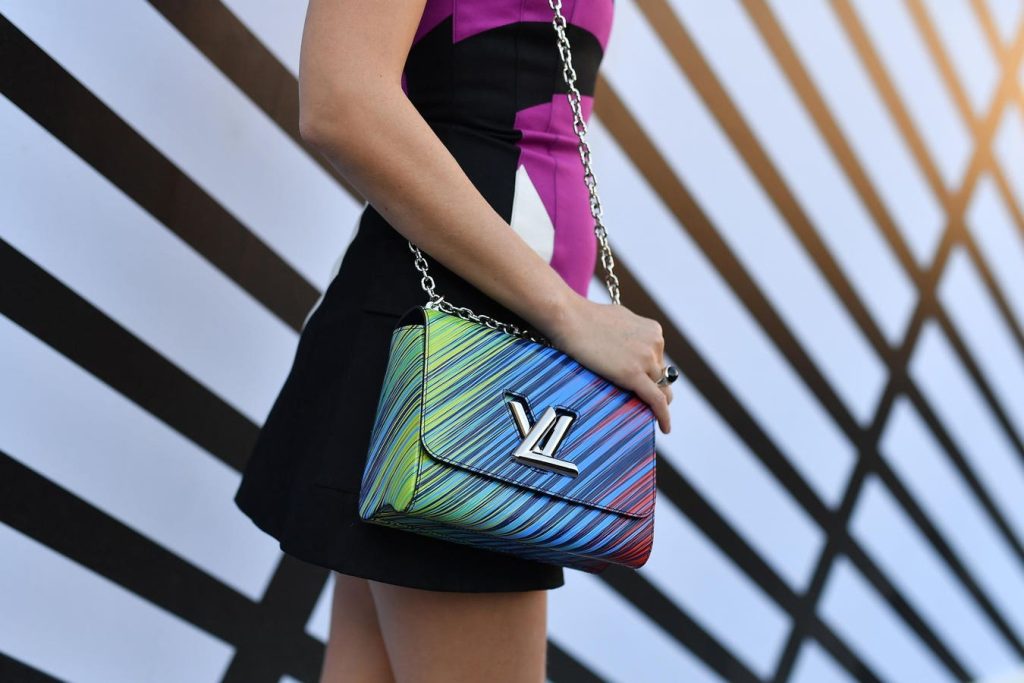The psychology of ascending to power differs markedly from that of having grown up in a privileged environment – and this impacts the types of luxury good the wealthy – and those aspiring to the top 1% – consume.
The general public has a fascination for the life of the rich and famous, from billionaires to royalties. One of the areas that best exemplifies this is fashion. While many fashion trends come from the street – see the role of sportwear in driving fashion – wealthy and famous people are also trend setters – with Royal families having often being hailed the ‘original influencers’.
For most consumers, fashion and personal style are key components of their identity and used to communicate about their personality. Consumers similarly make inferences about others based on their fashion styles and preferences. One of the aspects of identity that is typically being inferred or communicated through fashion is social status.
Beyond the craftmanship aspect, luxury consumption has almost always been connected to expressing social status. Back in the Middle Ages or ancient Greece, ‘sumptuary laws’ would regulate what each member of society was allowed to wear. The purpose of such a rigid, court-regulated approach to dressing-up, was that one should be able to assess someone’s social rank by looking at what they were wearing.
In academic research, the concept of brand prominence – loud and quiet luxury branding – emerged in the early 2010s. Evolutionary psychologists look at consumption as a way to signal status. Depending on who consumers want to signal to, they will be choosing different types of brands and styles.
Consumers typically display two types of signalling strategies: vertical and horizontal. Vertical signalling strategies involves consumers sending downwards and upwards signals to others. With downwards signals, consumers who aspire at a higher status send messages to other individuals they want to dissociate themselves from. With upwards signalling, consumers aim to signal status to those of a higher status than them, using the codes they think these higher status individuals will understand. To achieve both downward and upward signalling, consumers tend to use products that feature loud brand logos.
Vertical signalling strategies are especially popular with the ‘new rich’ category. Individuals that have newly acquired wealth tend to have or acquire a higher need for status and willingness to communicate about that status. Thus, for the new rich, visible logos are an important part of signalling their social status. Doing so, however, they commit a faux-pas in the eyes of those who were born wealthy – who do not value such communication styles or brands.
Conversely, those born into wealth tend to have a lower need to express their social status. Their focus is to use subtle signals that can only be decoded by other individuals who share a similar social background. To do so, they use horizontal communication strategies. This takes the form of wearing much more subtle garments, featuring harder to decode, quieter symbols and signifiers of wealth. For instance, Martin Margiela originally designed his pieces with a stitching pattern visible at the back, which would go unnoticed as a branding symbol unless you knew what it was.
Differences in communicating about status through fashion consumption may be further shaped by cultural differences. In traditional horizontal cultures – in which the emphasis is on equality between society members – status signalling becomes less important, as what matters is what unites a culture through similarities with others. On the other hand, in vertical, power-oriented cultures, using loud branding is an important part of conveying one’s social status.
Major brands have often been navigating the quiet vs loud branding with different brand positioning strategies and different price points. Ralph Lauren, for instance, navigates between different brands and sub-brands, from the louder Polo line to the subtle Purple Label. In the perfume industry, luxury brands have quietly been buying back perfume licenses or launching premium perfume lines only available at certain boutiques.
Quiet luxury branding has one major advantage for brands: it is traditionally less subject to being counterfeited than louder items. Since they appeal mostly to consumers who have a deeper knowledge of products, including the craftmanship that goes into it, consumers who want luxury to signal status will turn towards louder items. Quiet luxury is less appealing to consumers of fake goods. A reassuring thing as GenZ consumers have a more positive view of counterfeit items than previous generations.
Read the full article here










